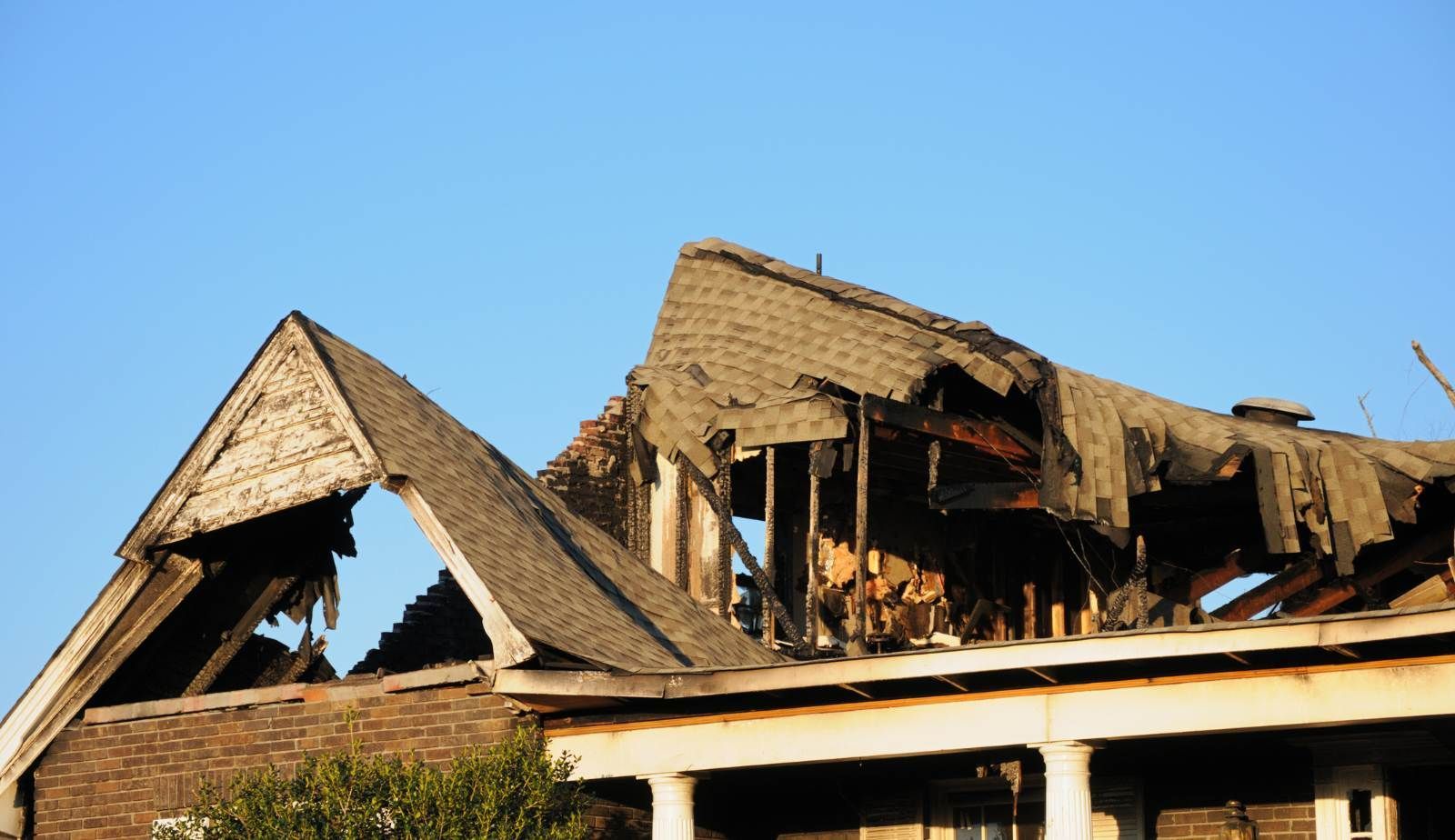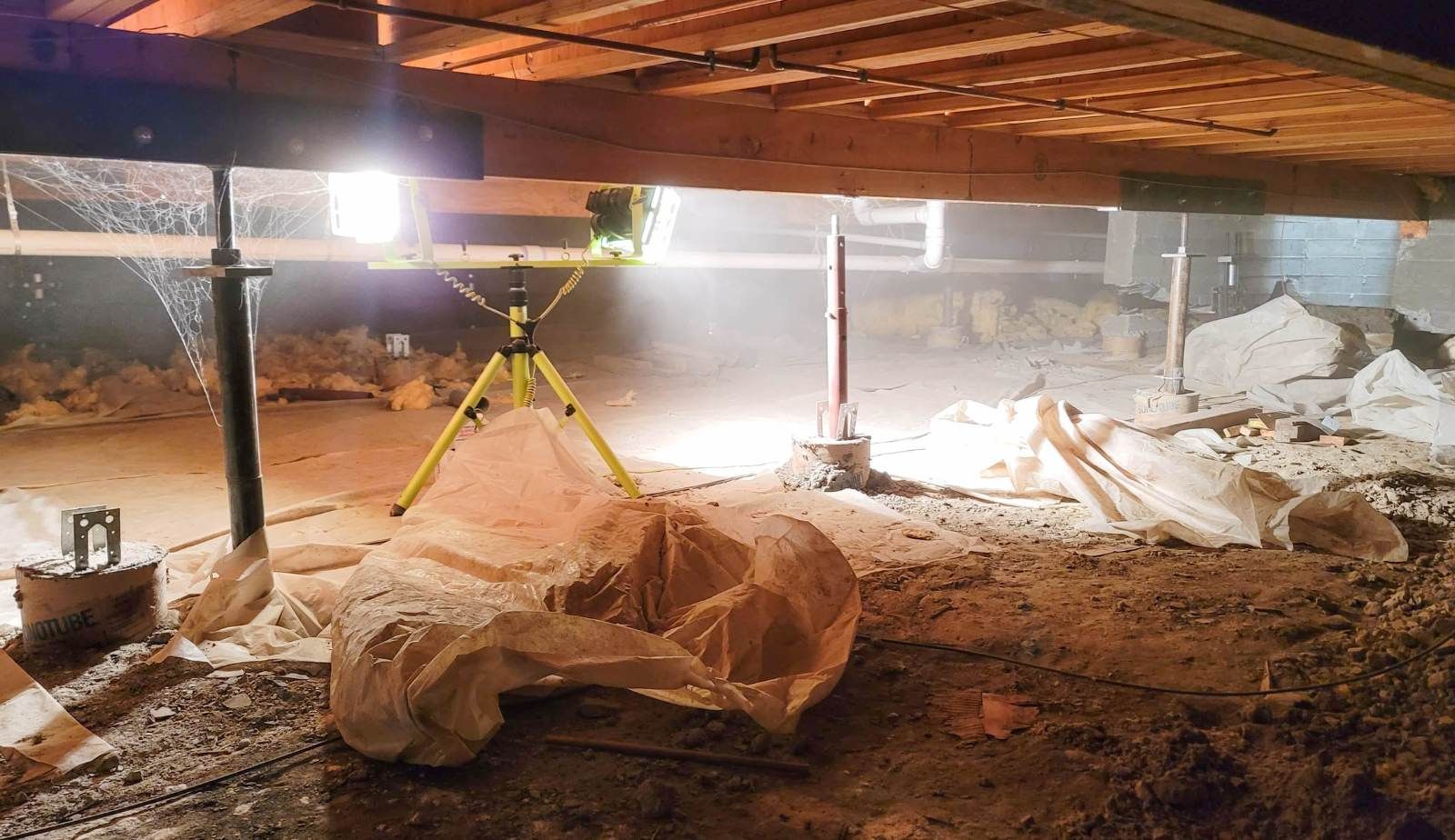8 Steps to Prepare for a Louisiana Flood
All of the flood preparation tips here are designed to help you prepare for the type of floods that Louisiana typically experiences. Floods can happen quickly and without warning, but they can also be prevented if you're prepared. We will go over 8 basic steps that will help you prepare for a flood. Remember these helpful hints when water is on its way!
Use these steps to help prepare for Louisiana flooding
In the case of a flood, you may not have time to gather all of your important belongings, which is why it's important to have a flood bag. These are bags already assembled that contain personal and survival necessities, as well as important phone numbers and emergency contact information.
Your emergency flood bag should contain at least the following items:
- Extra set of car and house keys
- Bottled water and nonperishable food, such as energy or granola bars
- Flashlight with extra batteries, though LED flashlights are recommended
- Battery-operated AM/FM radio
- Extra chargers and batteries for mobile phones and devices
- Extra medication and a list of the medications each family member takes, why they take them and their dosages
- First-aid kit
- Toiletries
- Notepad and pen
- Contact and meeting place information for your household, and a small regional map
- Lightweight rain gear and a Mylar blanket
- Copies of important documents (insurance and credit cards, birth certificates, deeds, photo IDs, proof of address, etc.) and cash in small bills kept in a waterproof container.
Some tips from the American Red Cross:
Protecting Your Family
- Talk with your family about what to do if a flood watch or warning is issued. Discussing floods ahead of time helps reduce fear, especially for younger children.
- Make sure you have access to NOAA radio broadcasts: Search for a NOAA radio app in the Apple Store or Google Play.
- Purchase a battery-powered or hand-crank NOAA radio.
- Find out if you are located in a floodplain, which is considered a Special Flood Hazard Area. If so, you are still eligible for flood insurance.
- Check with your city or county government (start with the Building or Planning Department) to review the Flood Insurance Rate Maps, published by the Federal Emergency Management Agency (FEMA).
- Find out if local streams or rivers flood easily.
- Keep insurance policies, documents, and other valuables in a safe-deposit box. You may need quick, easy access to these documents. Keep them in a safe place less likely to be damaged during a flood.
- Take pictures on a phone and keep copies of important documents and files on a flash drive that you can carry with you on your house or car keys.
Protecting Your Pets & Animals
- Prepare a pet emergency kit for your companion animals.
- Ensure that any outbuildings, pastures, or corrals are protected in the same way as your home.
- If installing or changing fence lines, consider placing them in such a way that your animals are able to move to higher ground in the event of flooding.
Protecting Your Home
- If you live in a floodplain, elevate and reinforce your home to make damage less likely during a flood.
- Check with a professional to: Raise your furnace, water heater, and electric panel to floors that are less likely to be flooded. An undamaged water heater may be your best source of fresh water after a flood.
- Install check valves in plumbing to prevent floodwater from backing up into the drains of your home. (As a last resort, when floods threaten, use large corks or stoppers to plug showers, tubs, or basins.)
- Construct barriers such as levees, berms, and flood walls to stop floodwater from entering the building (if permitted by local building codes).
- Seal walls in basements with waterproofing compounds to avoid seepage through cracks.Use sand bags when flooding is expected: It takes two people about one hour to fill and place 100 sandbags, creating a wall one foot high and 20 feet long.
- Make sure you have enough sand, burlap or plastic bags, shovels, strong helpers, and time to place them properly.
- If a flood is expected, some communities will offer free sandbags to residents. Be sure to watch or listen to the news so you can access these resources.
Although flooding in Louisiana is inevitable, being prepared is the best "solution". Having a plan can help minimize damage and keep your family and pets safe during a flood.
You might also like
DryMax Restoration Blogs




